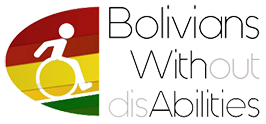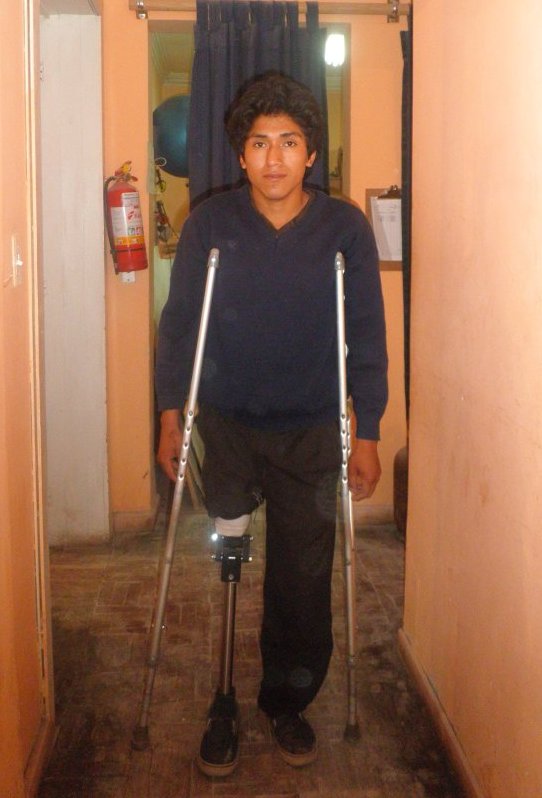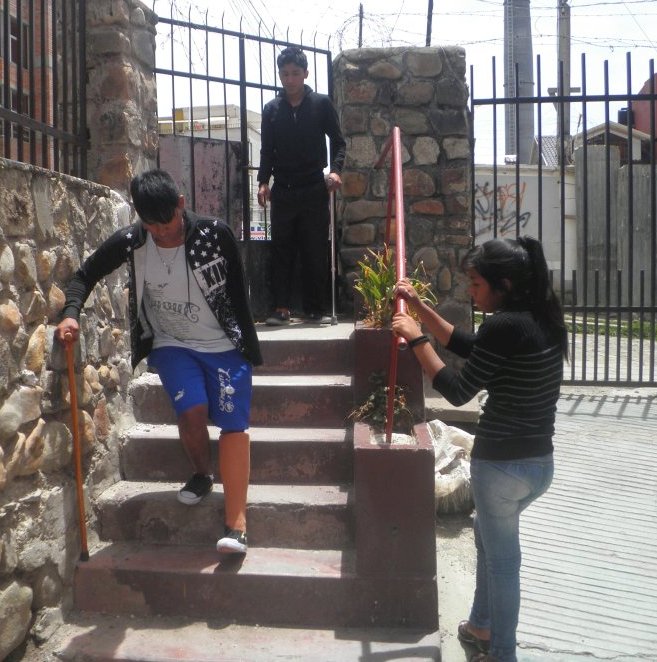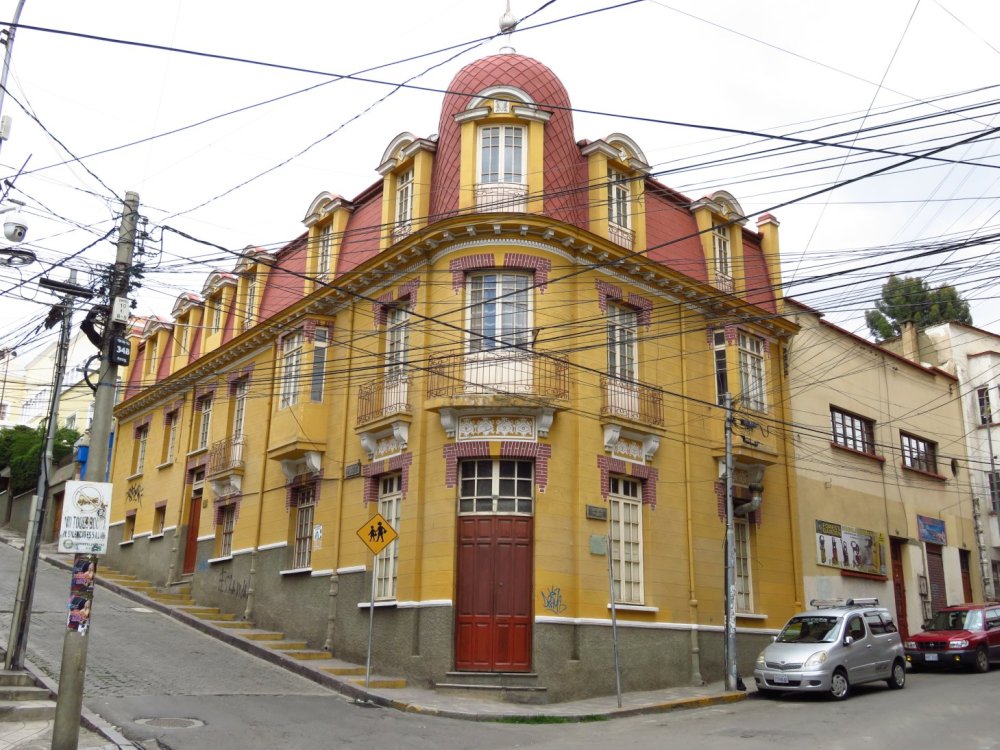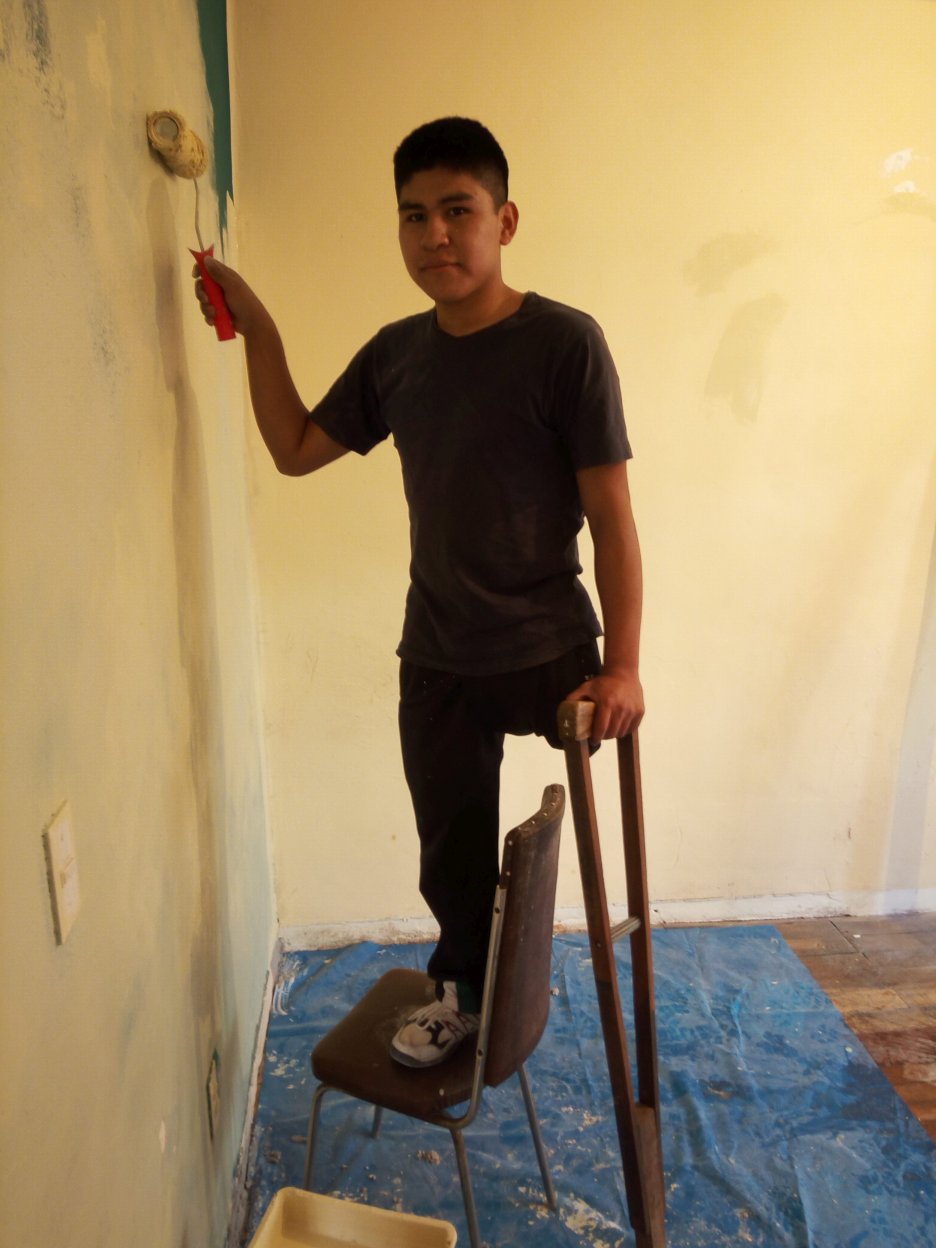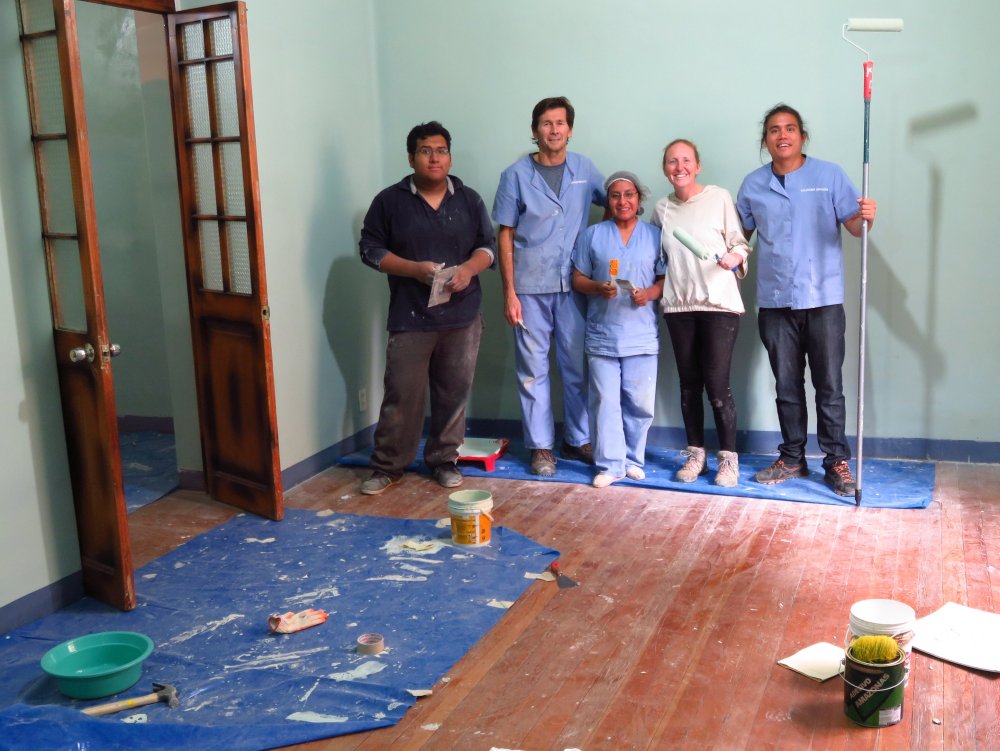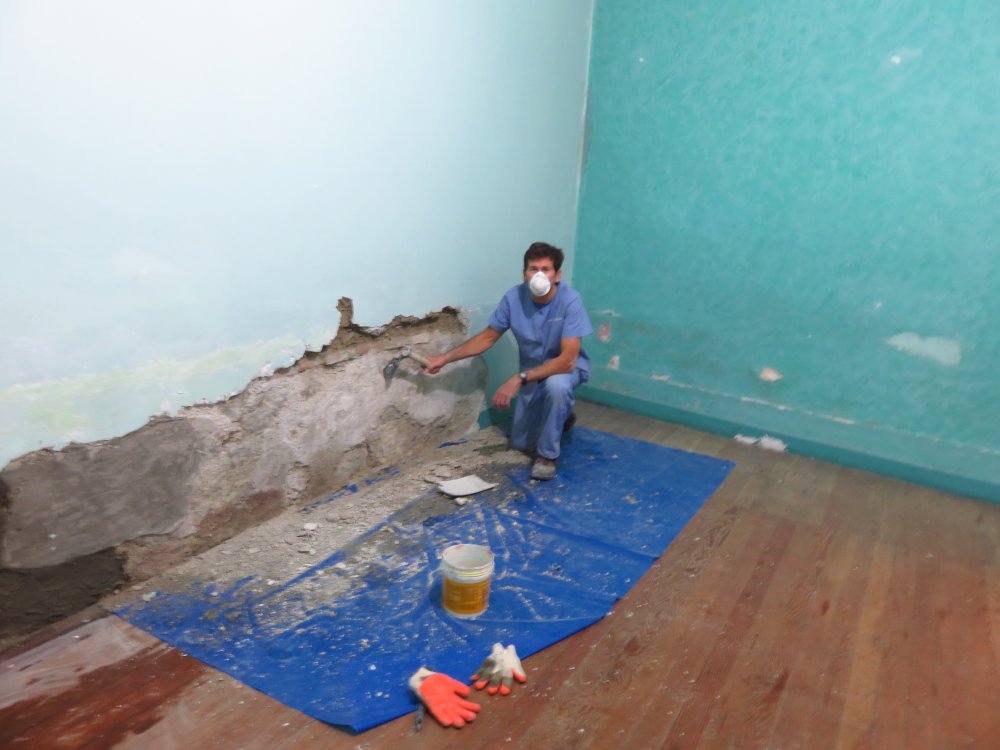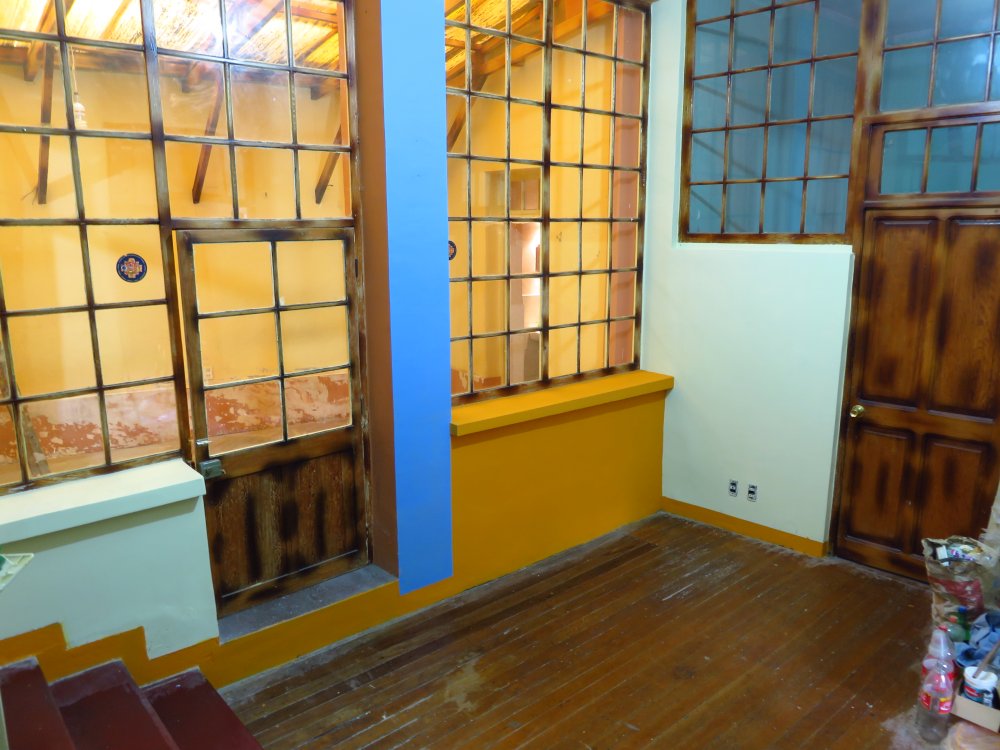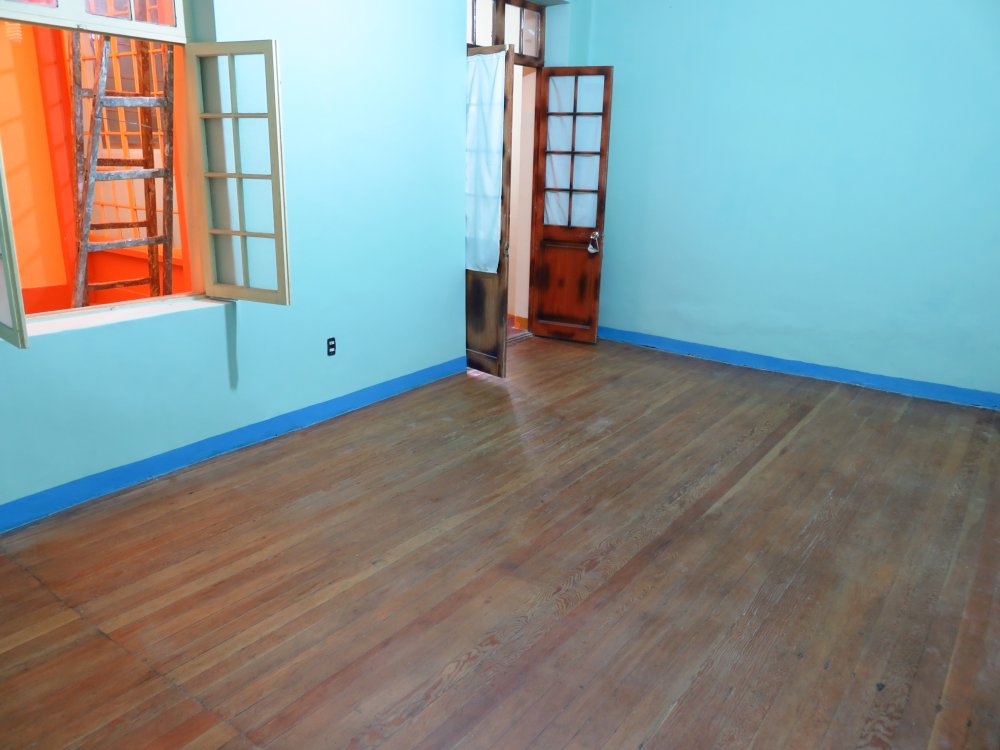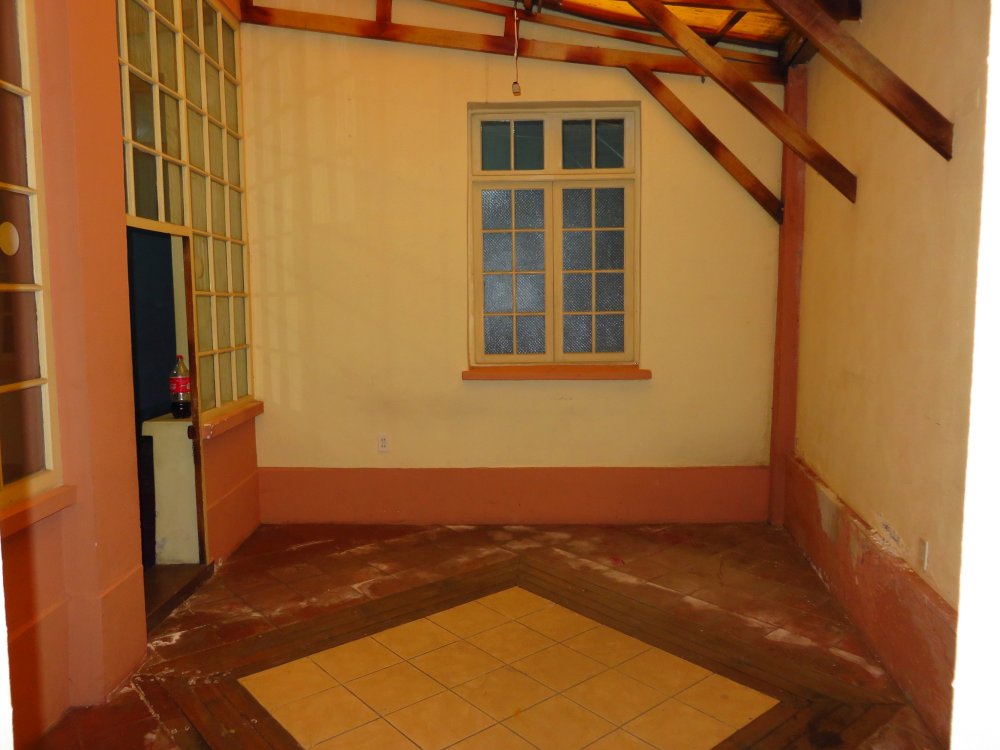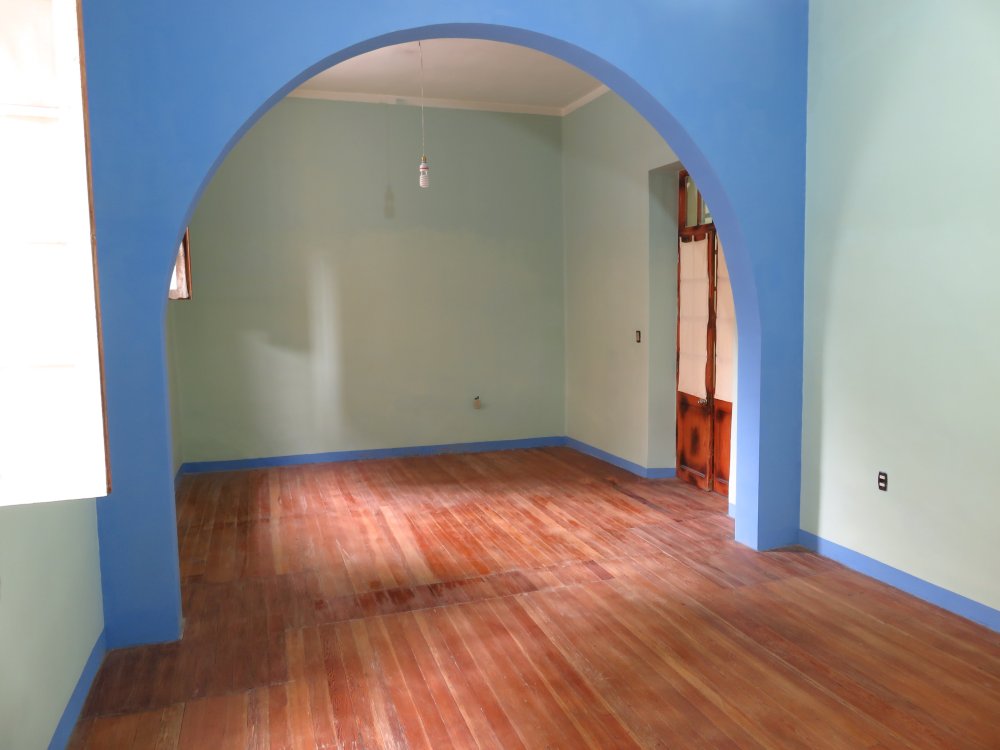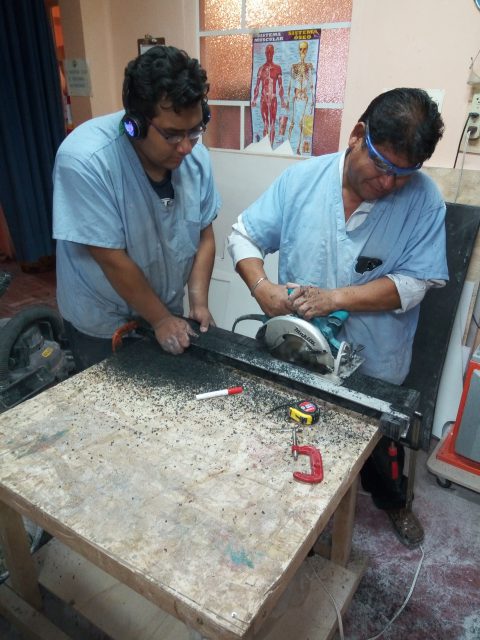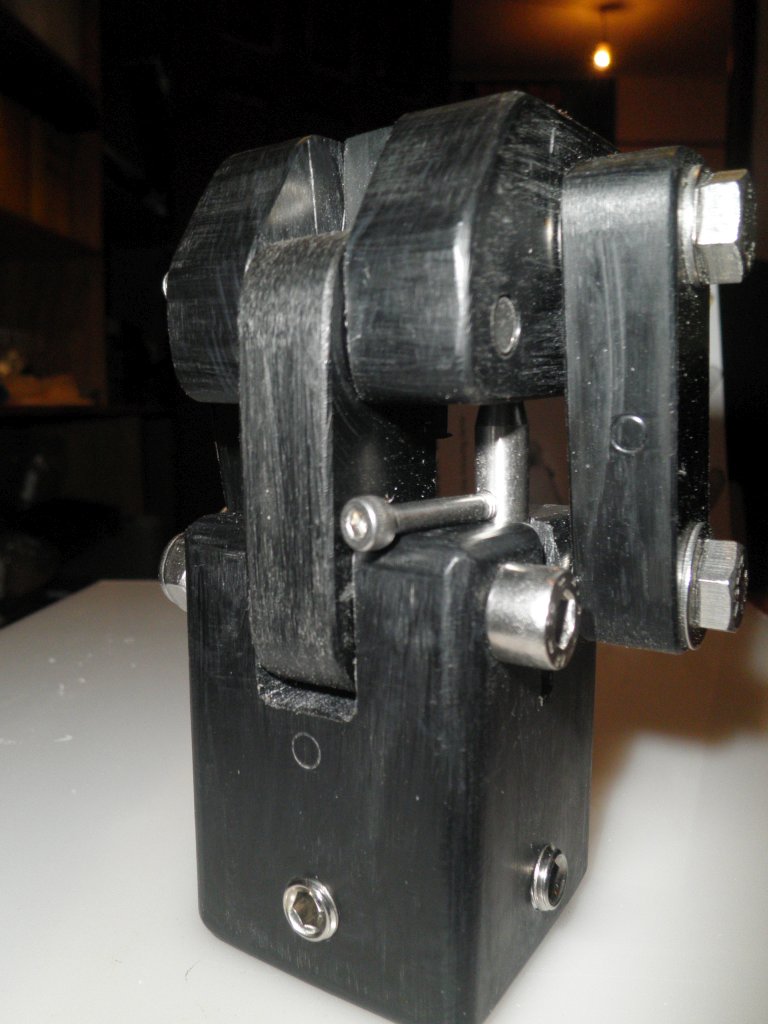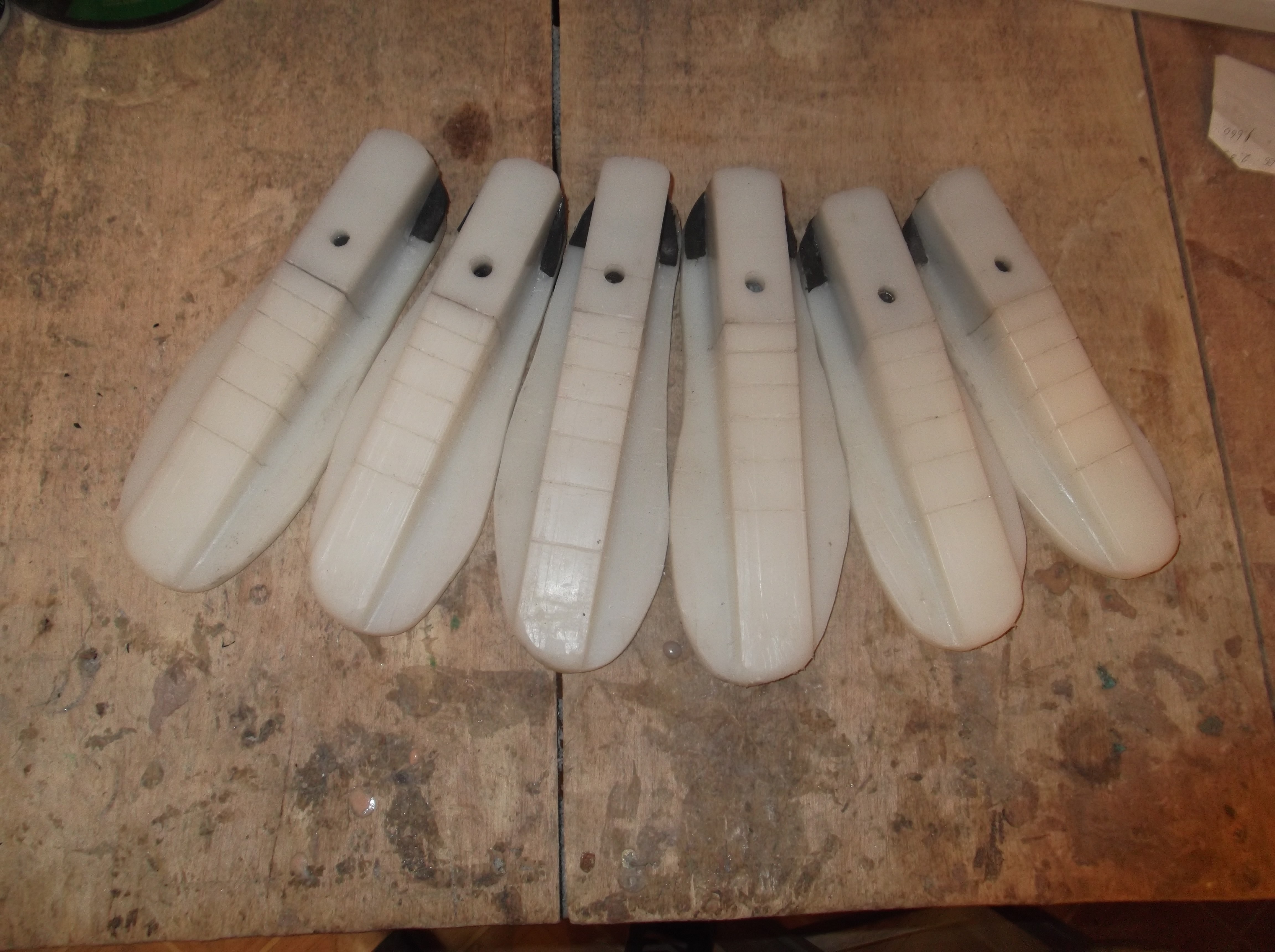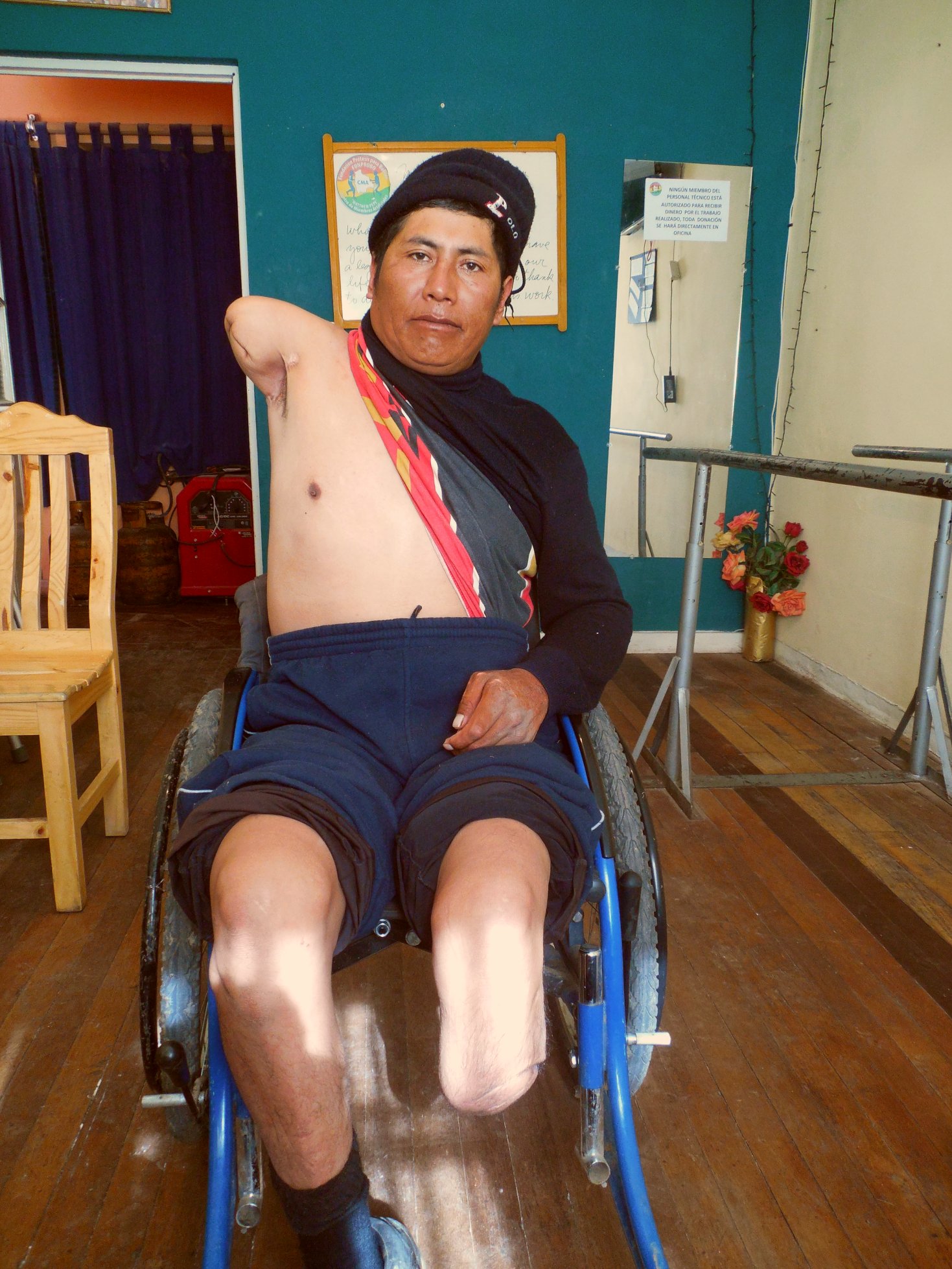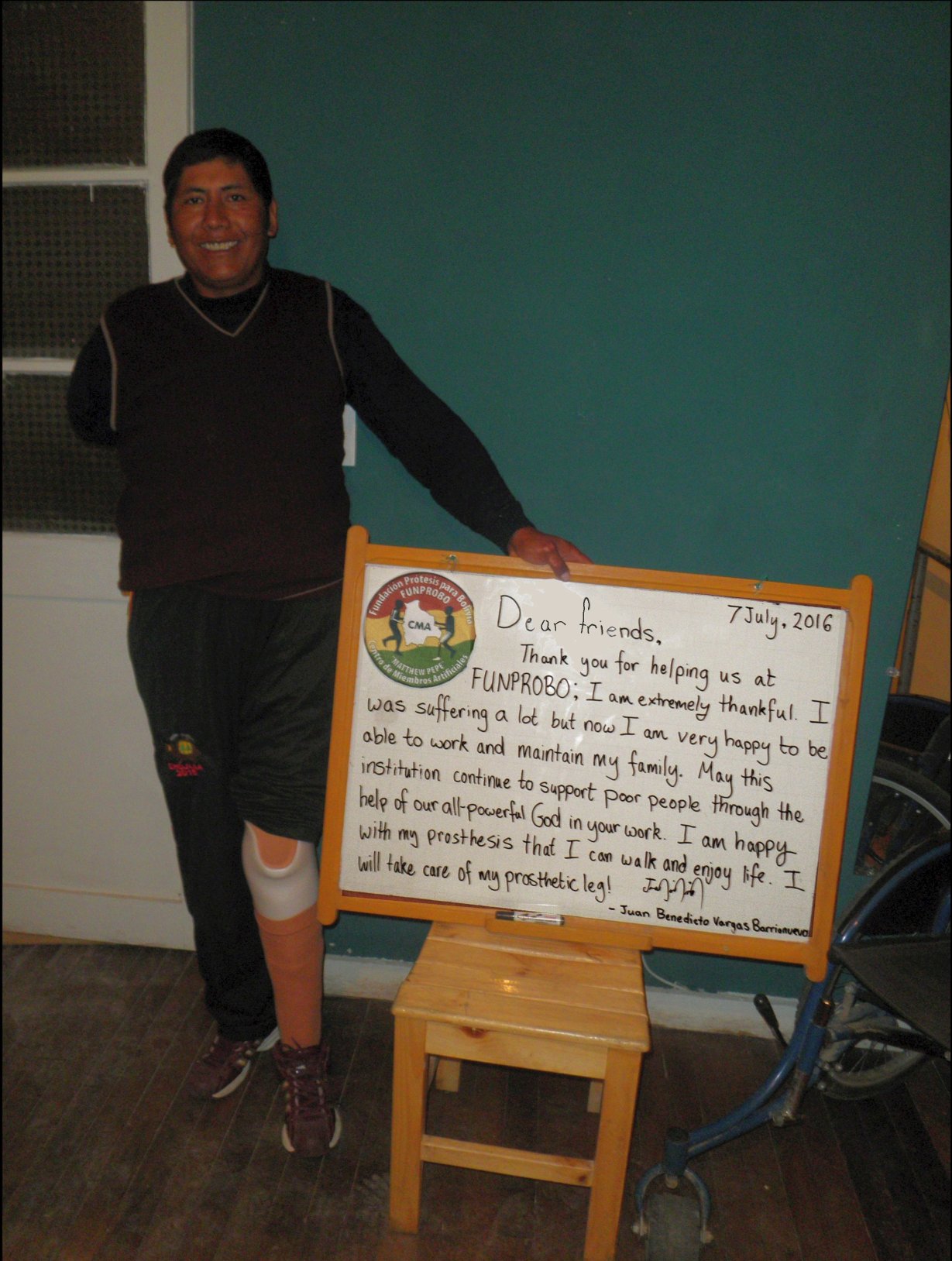Leslie Calhoun is our new Treasurer
Category:UncategorizedBolivians Without disAbilities is proud to announce our new treasurer, Leslie Calhoun. Leslie will replace Luana Connor, who proudly served for the first two years of BWD’s existance. Luana will continue to support BWD as a major champion of our work, and we greatly appreciate her contributions to our cause.
Leslie Calhoun currently works in an SEC registered investment advisor office, Optivest, Inc., where she manages, with her business partner, over $230 million in assets. Leslie serves as the Chief Investment Officer, Chief Compliance Officer, and she manages the entire office staff. Leslie is a registered representative of a broker/dealer called Gramercy Securities.
Prior to Optivest, Leslie worked as an institutional sales trader and market maker for several broker/dealers. She also has knowledge of both capital markets, insider and restricted shares, and IPOs. Leslie holds various NASD licenses including NASD Series 7, Series 24, Series 63 and Series 65. When she is not managing assets and fundraising for BWD, you’ll find Leslie running, skiing, hiking and spending time with her two rescued dogs.
